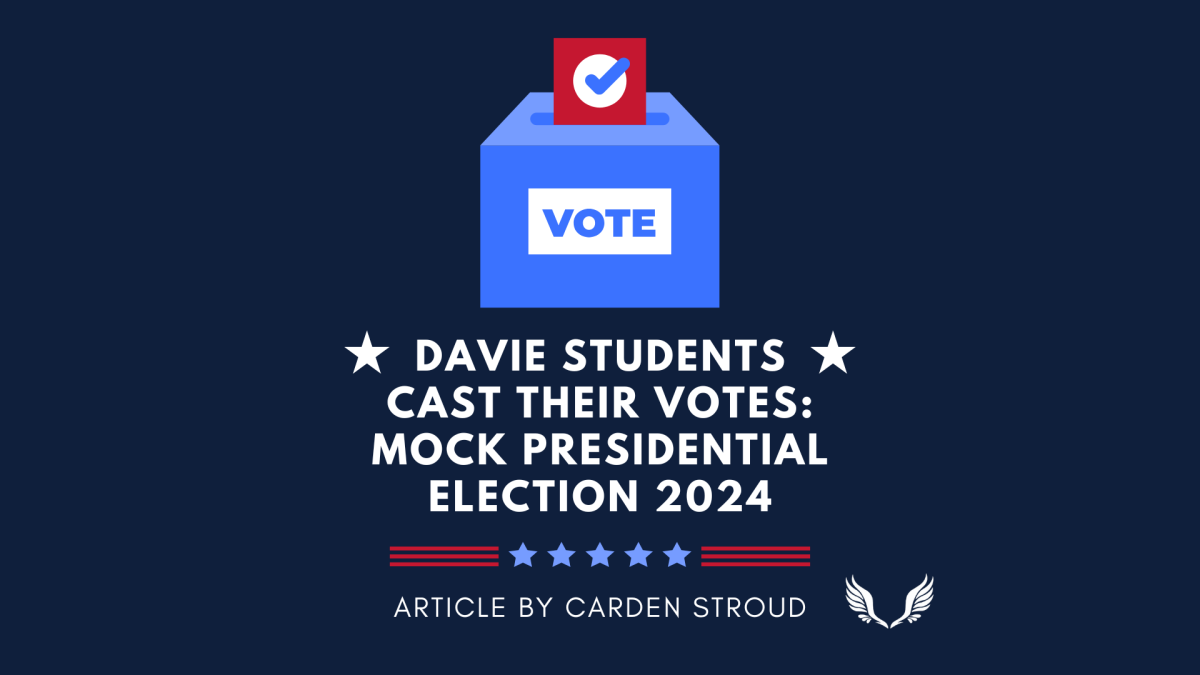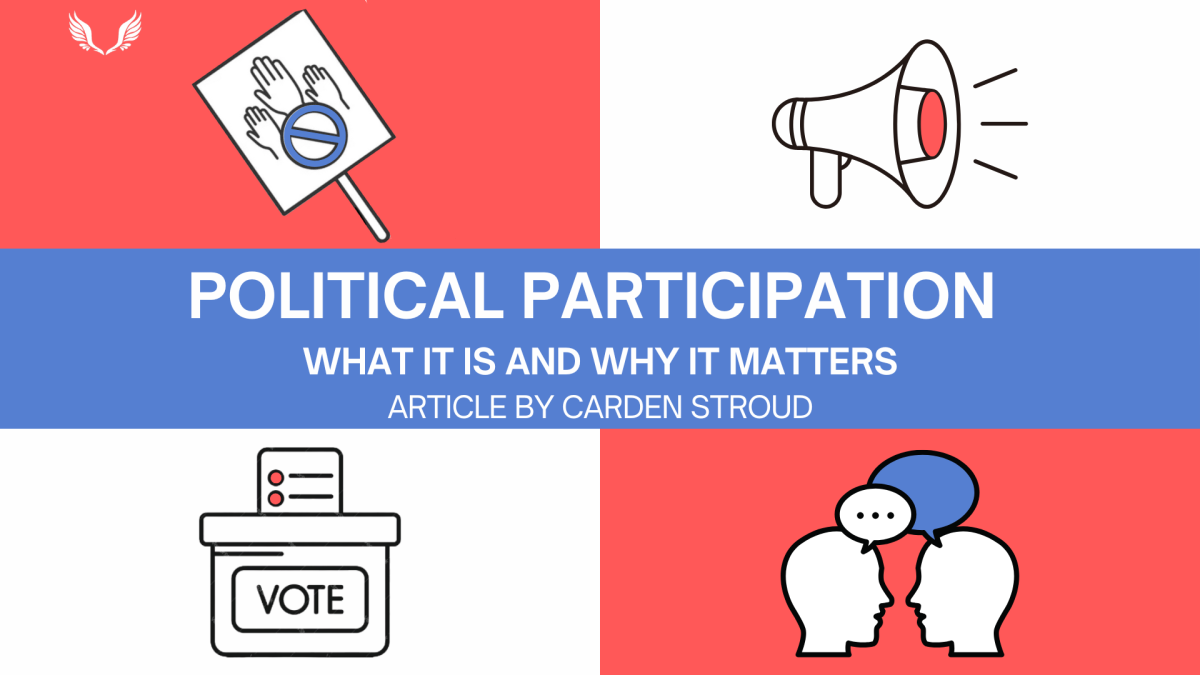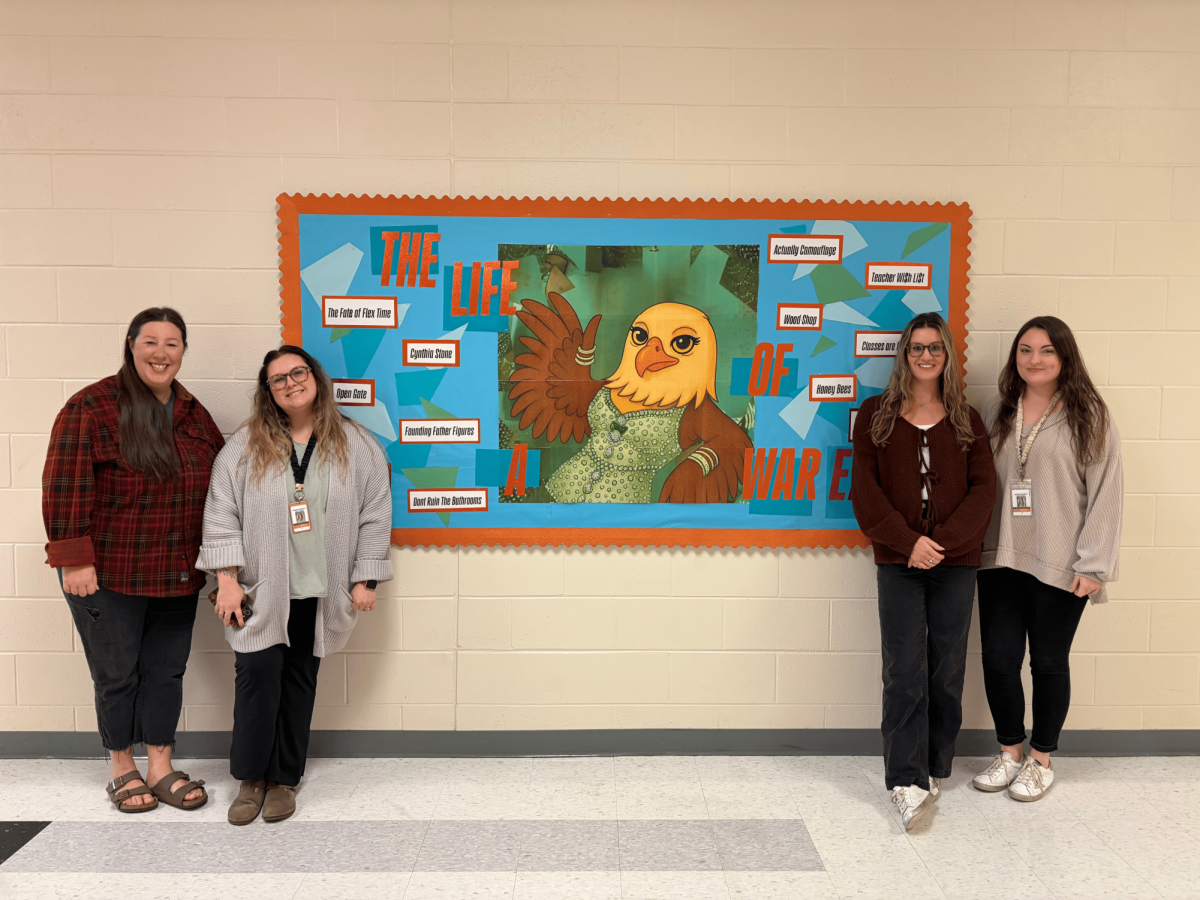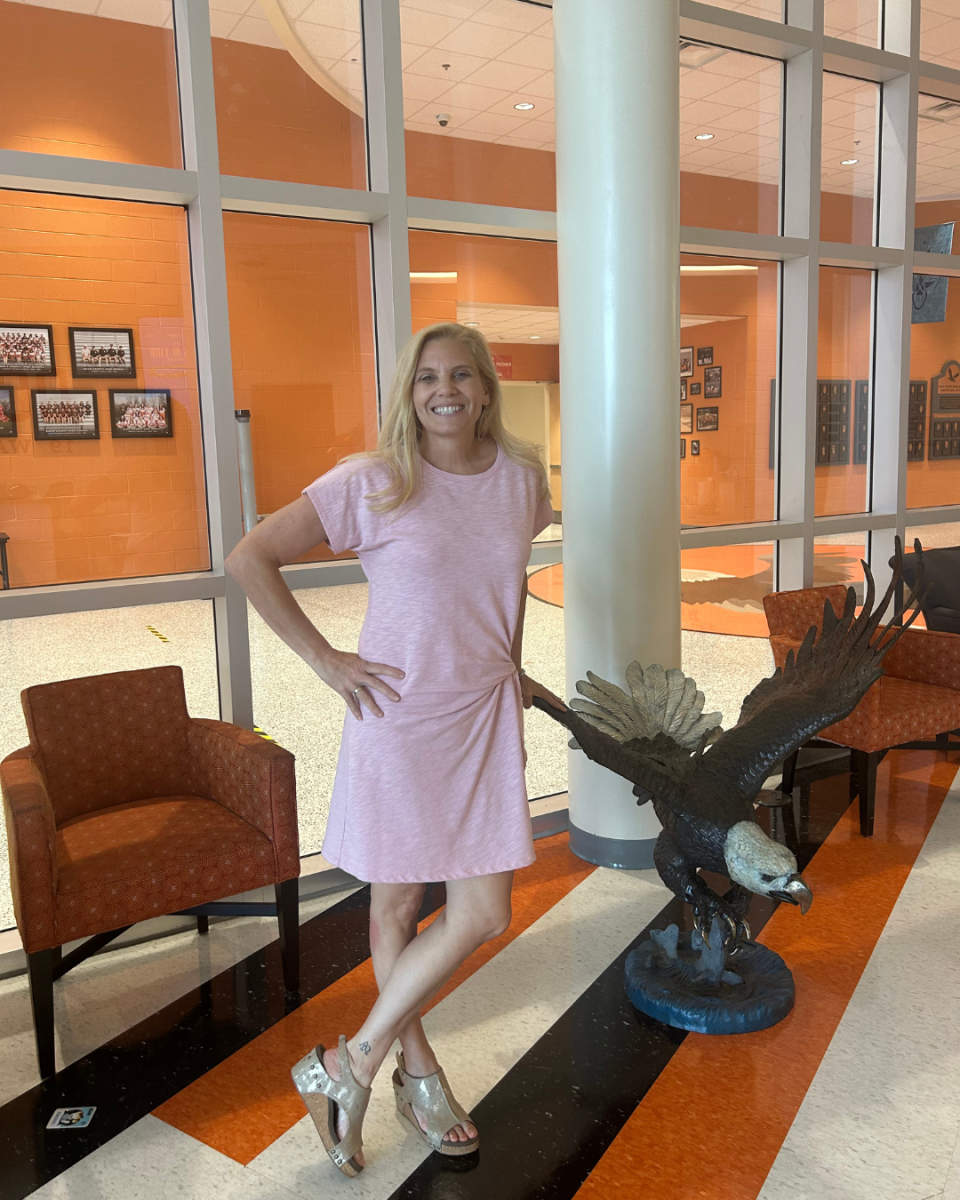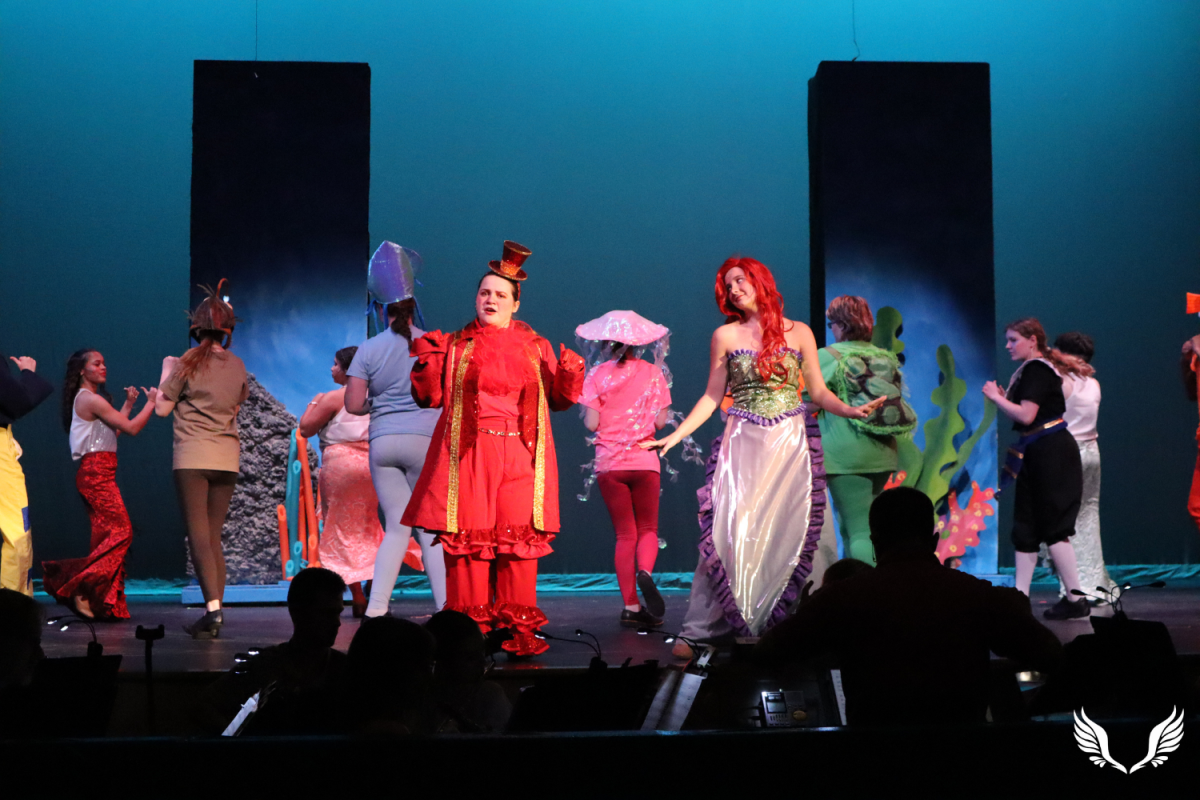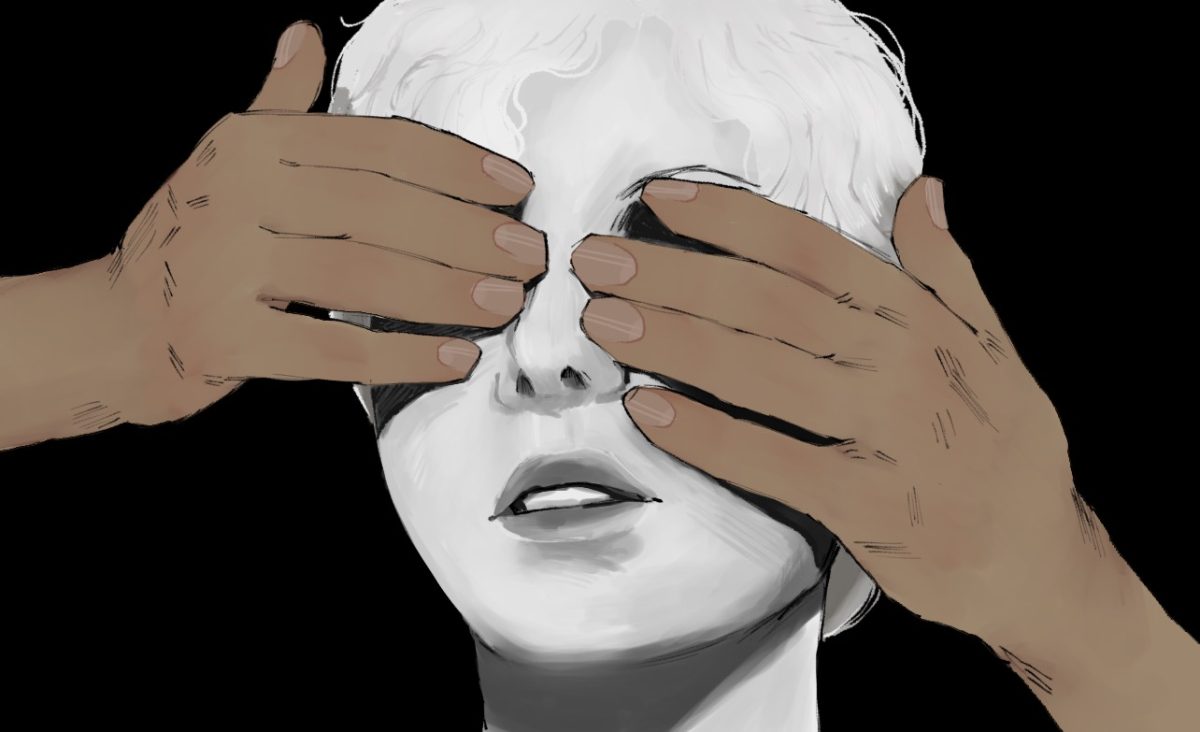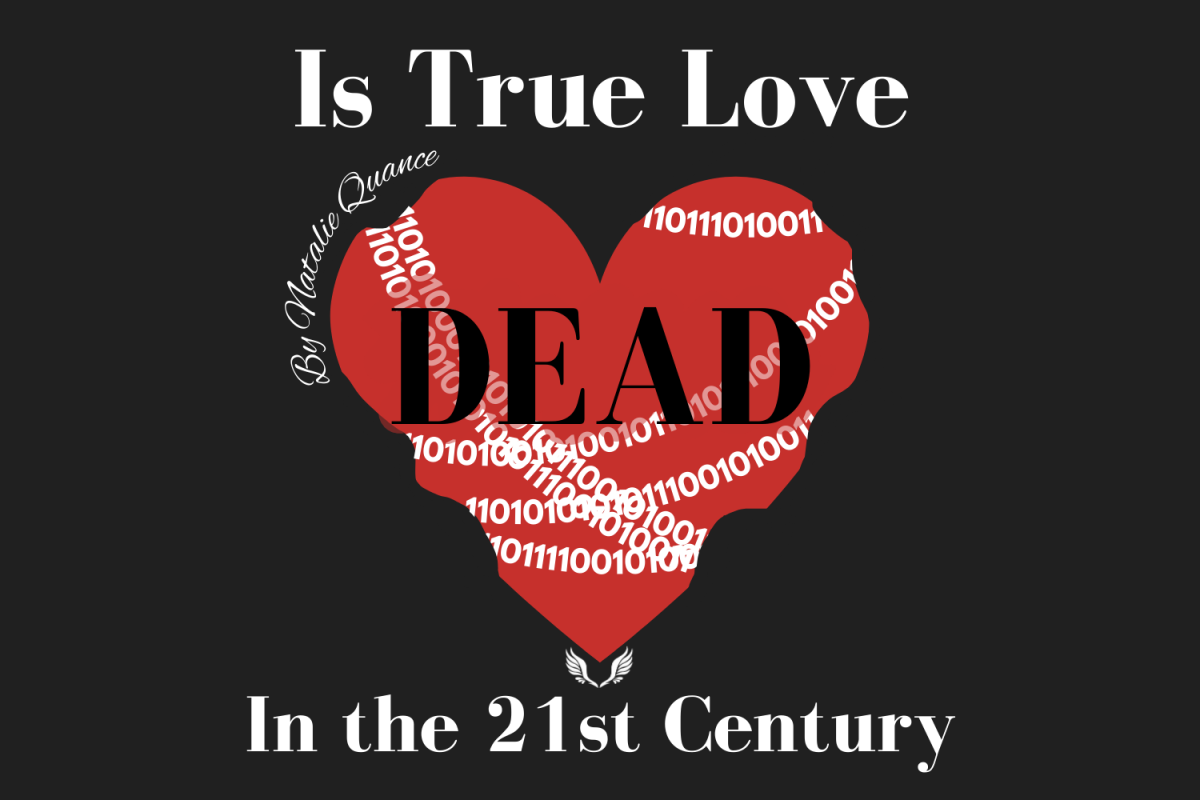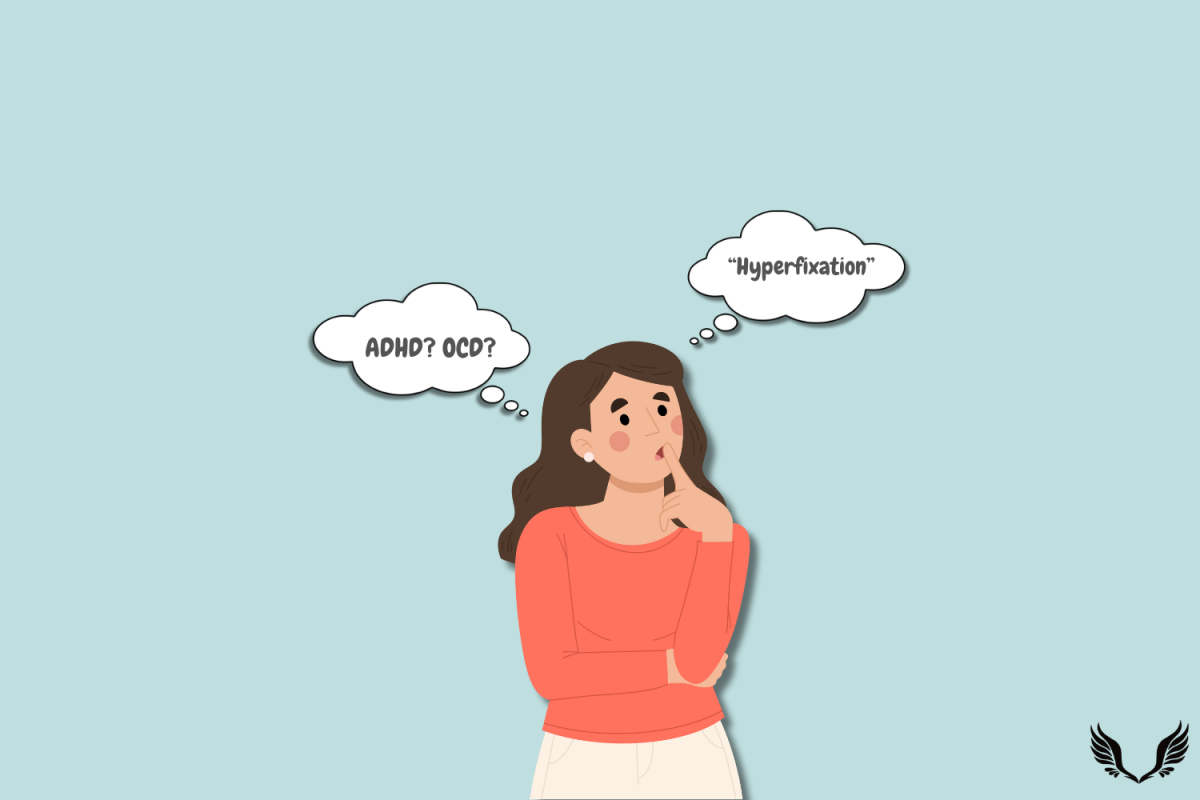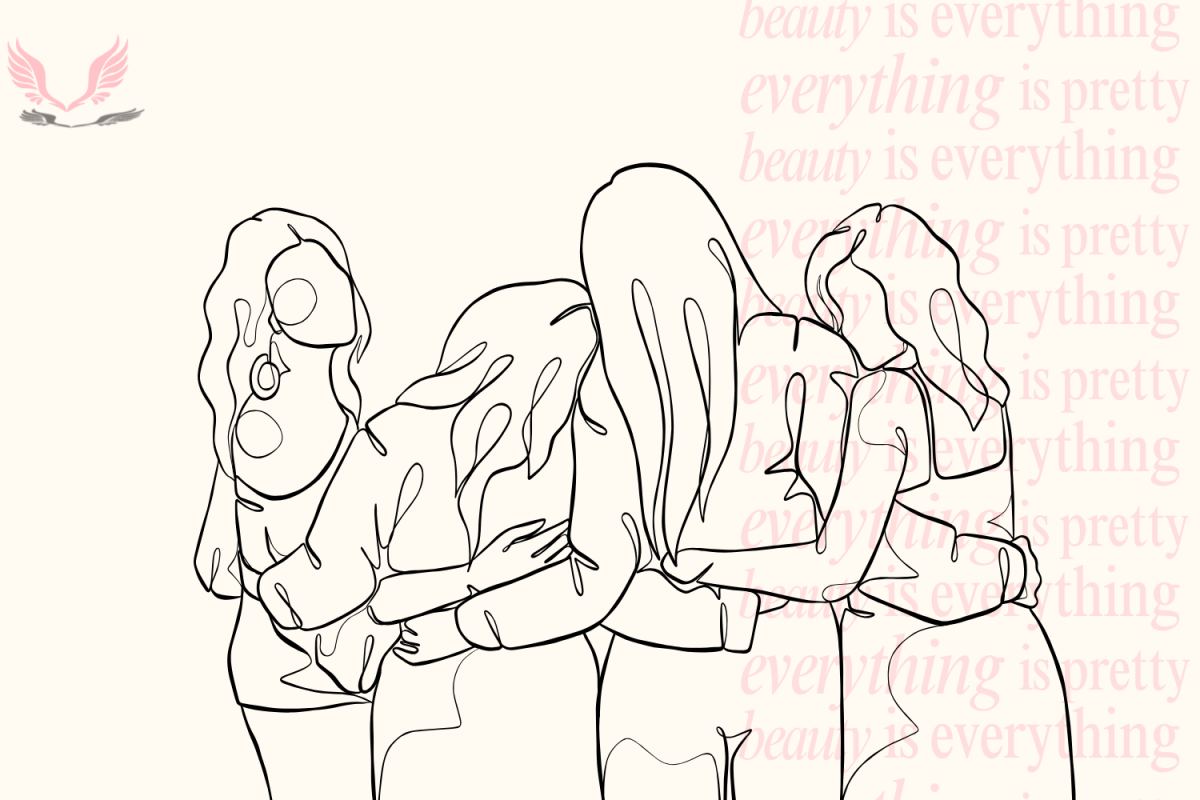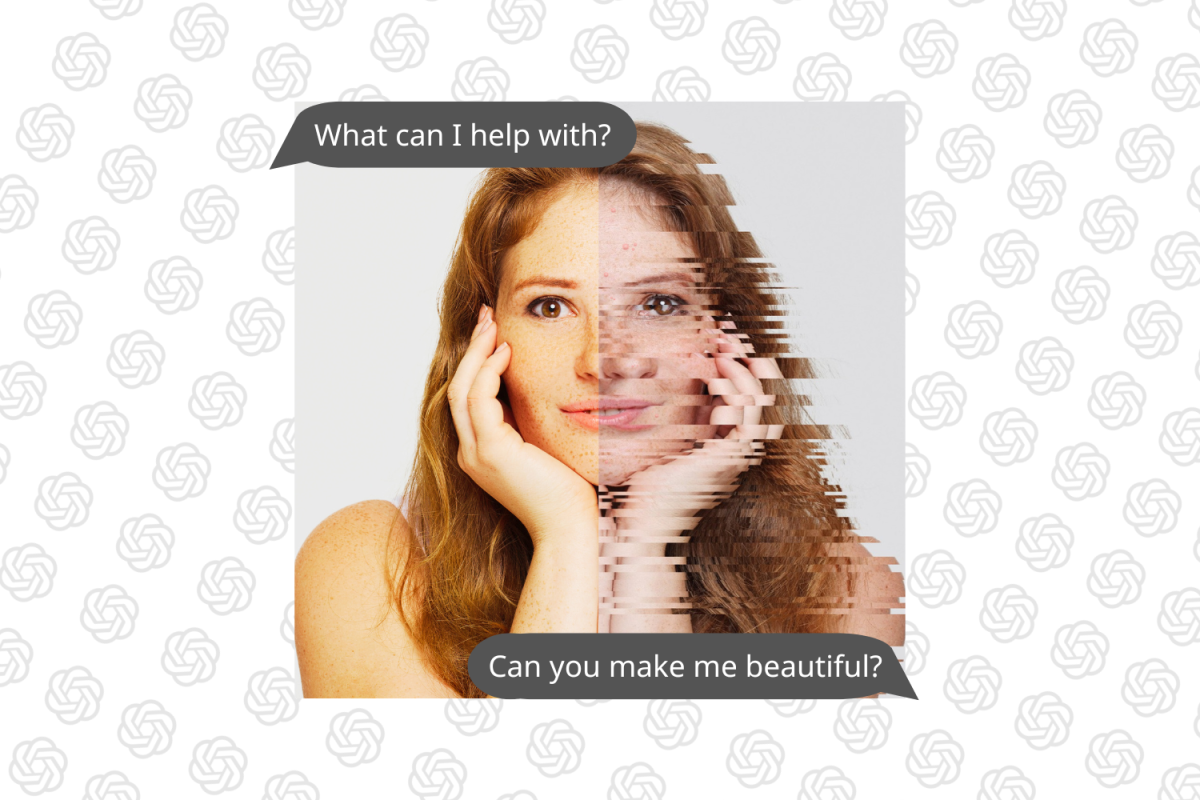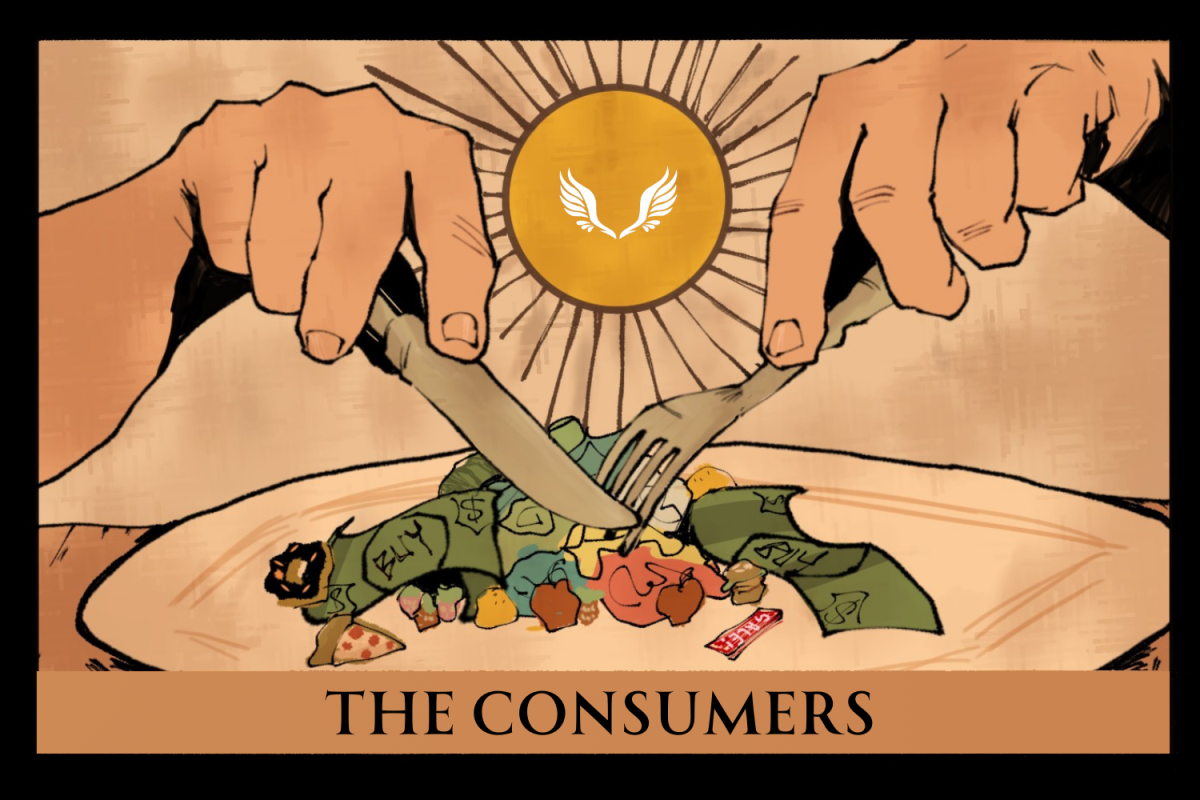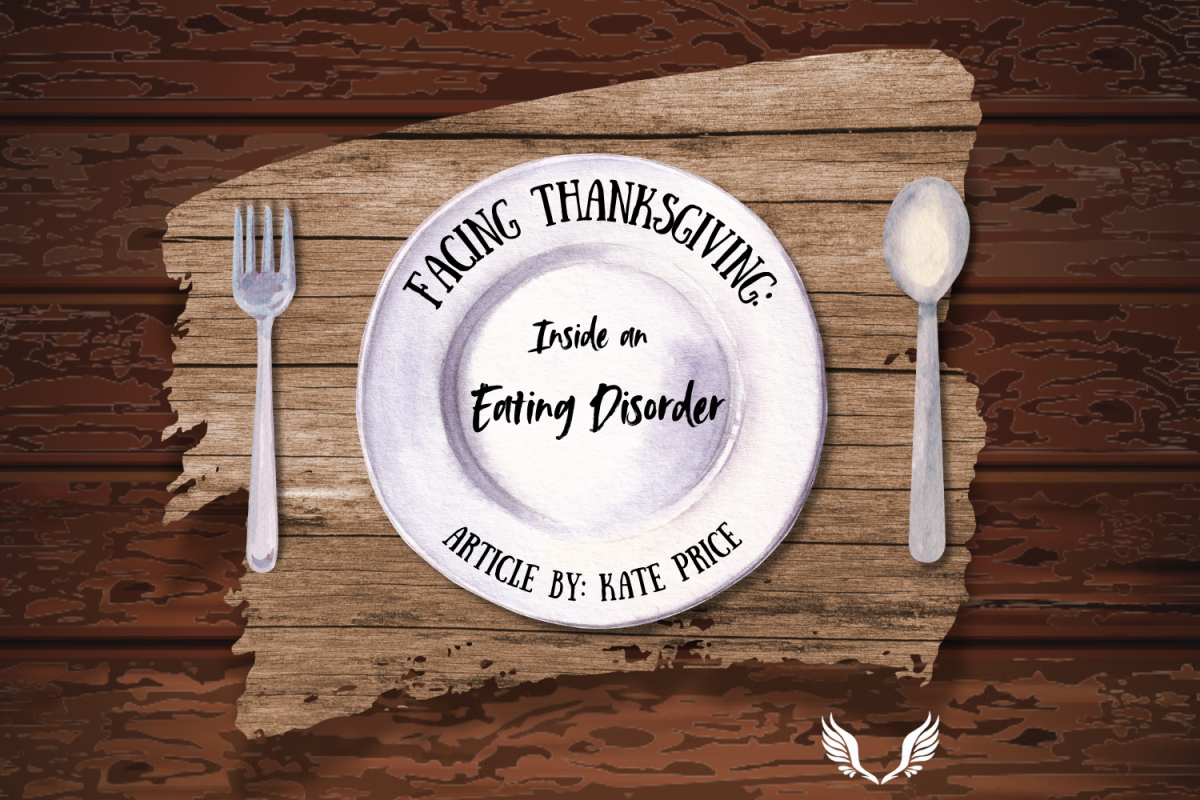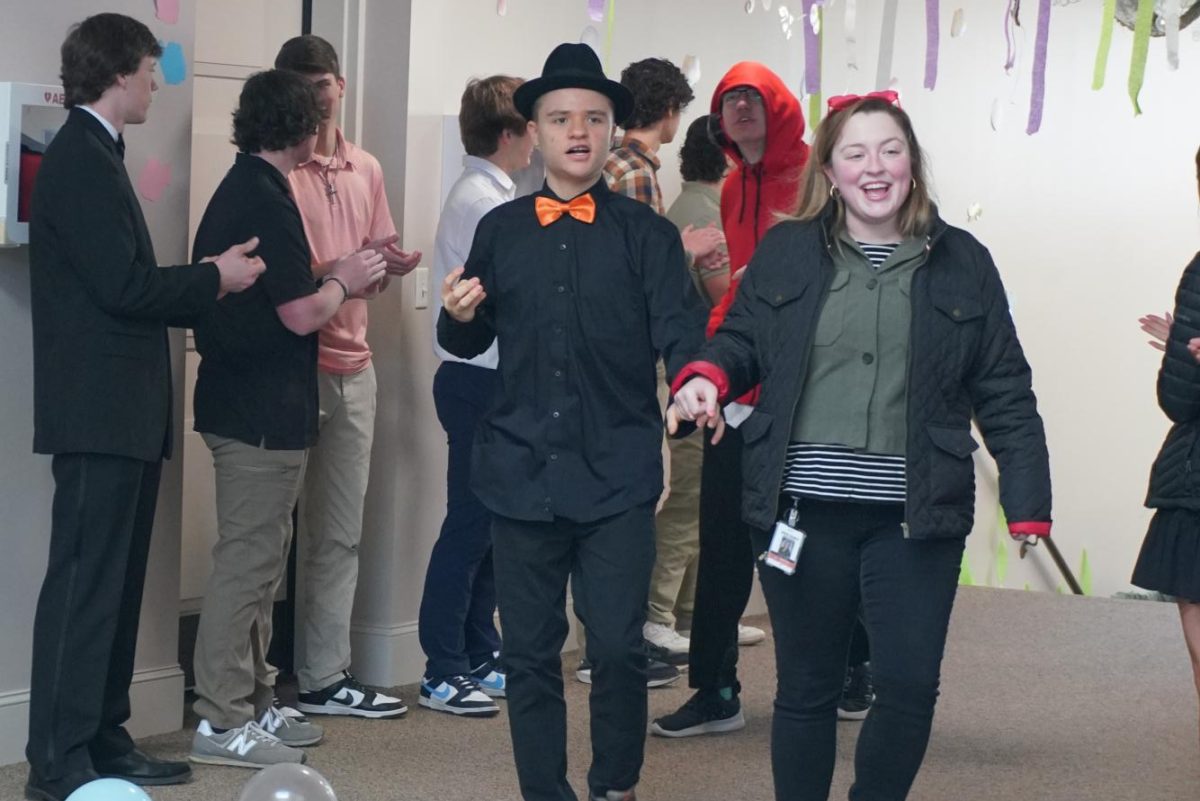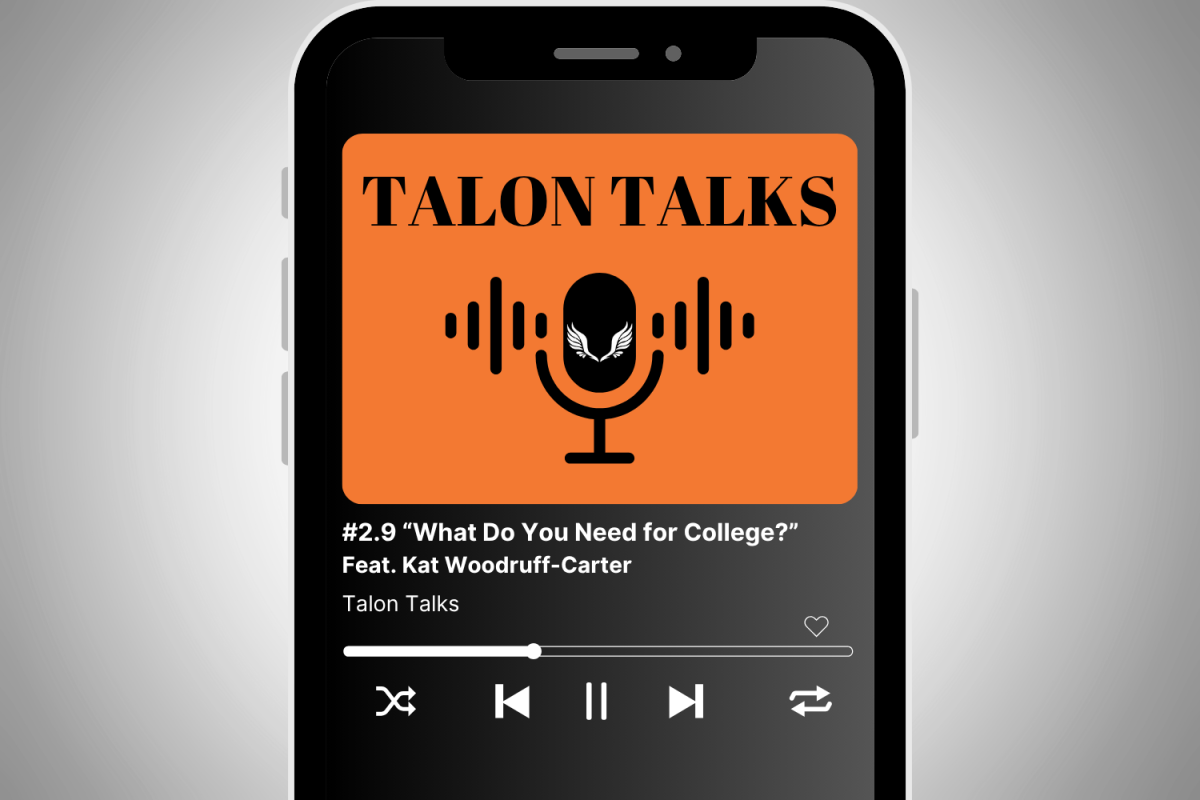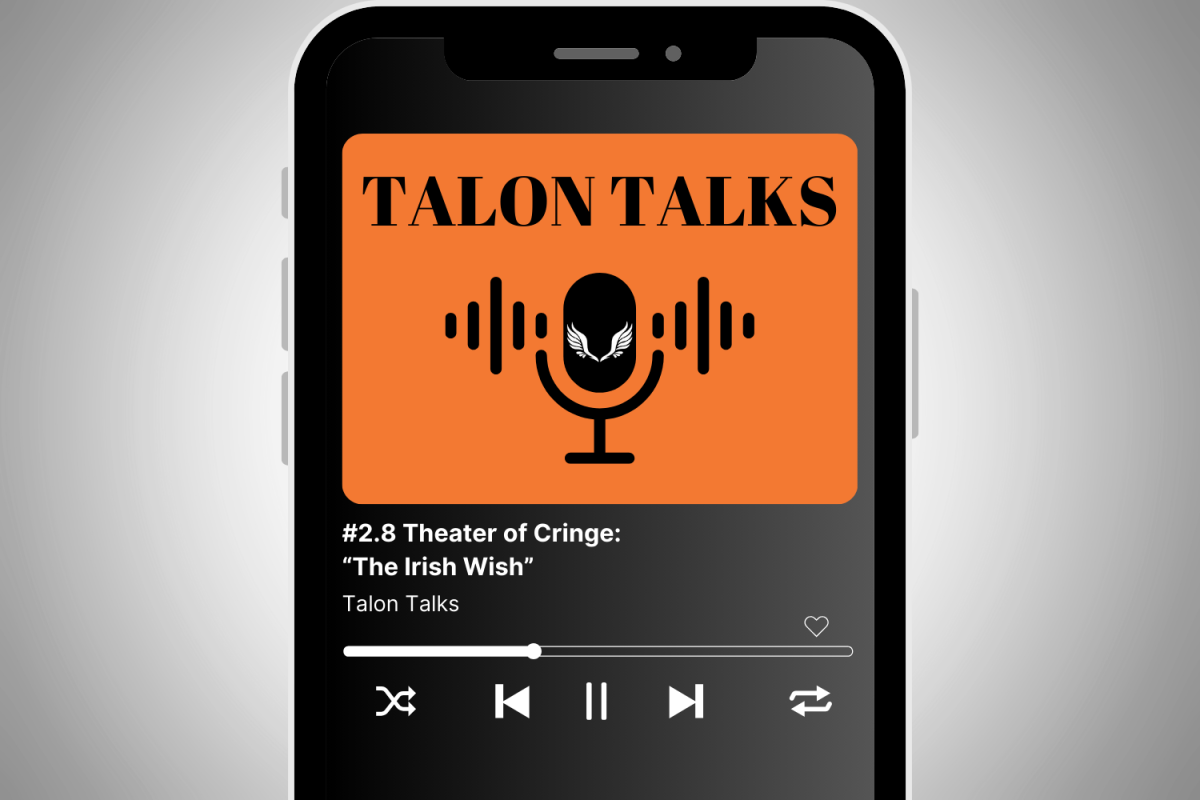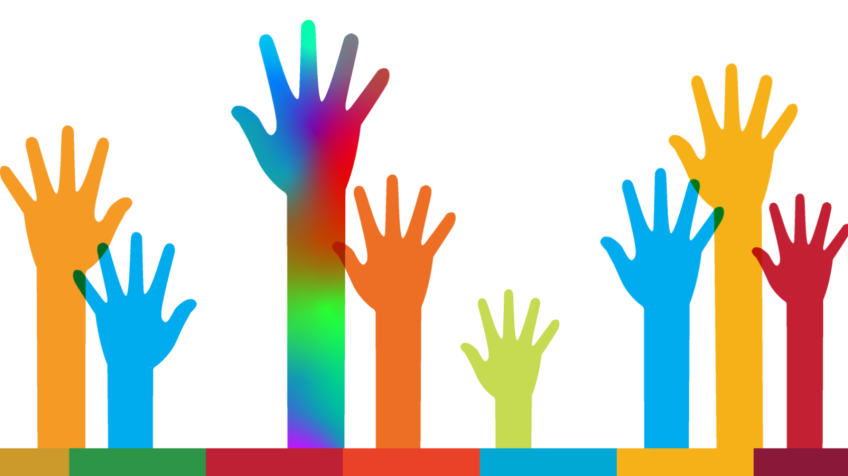The month of April is known as “Autism Acceptance Month.” Originally named “Autism Awareness Month,” the month of April was designated by the Autism Society of America in 1972 to spread awareness for people with autism in order to allow them more opportunities and recognition. In March 2021, the autism community announced their call to shift from the use of “awareness” to “acceptance” in order to foster inclusivity and change for those on the spectrum. The condition is often misunderstood and underrepresented in our society, so gaining support and opportunities can often be difficult. Autism Acceptance Month was established in order to change that, allowing us all to #CelebrateDifferences.
What is Autism?
Autism Spectrum Disorder (ASD), commonly known as autism, is a lifelong developmental condition that typically affects one’s ability to communicate, socialize, form relationships, and regulate themselves. The key distinction to be made between autism and other conditions is that it is a spectrum, and everyone has a different experience with it. In a 2021 report, the CDC stated that the condition is prevalent in 1 out of 44 Americans. There is no known cause for autism, but it is believed that it is a result of differences in brain structure and function.
People typically show signs of being on the spectrum in their early childhood, and clinicians look for two sets of characteristics in order to diagnose it. The first characteristics that they look for are persistent differences in communication, socialization, and interpersonal relationships. This can present itself as being nonverbal or nonspeaking, having difficulties maintaining conversations, and having difficulties making friends. The other characteristics that are screened for are restricted and repetitive behaviors/patterns, such as repetitive movements, restricted and often intense interests, and extreme sensitivity to certain stimuli. It is also important to note that someone can exhibit some of these characteristics and not have ASD.
Diagnosing Autism
Figuring out that one is on the spectrum can be difficult, especially for someone later in life. Celina Navarro, a junior at Davie High School, spent most of her childhood experiencing many of the traits associated with autism, though she didn’t realize until a few years ago that they weren’t “normal.”
“I developed other mental issues… around 5 years ago and started researching about it in an attempt to better understand what was going on,” Navarro stated in an interview. “When I stumbled across ADHD, it caught my attention because I thought to myself, ‘Wait, I do a lot of those things, are those not things that everybody does?’” She was diagnosed with ADHD shortly after, though she continued her research. “It’s the same story with autism, where I thought, ‘Oh, that’s just my ADHD,’ but it actually only happens to autistic people. The more I looked into it, the more boxes I ended up checking off.” As it turns out, ADHD and autism commonly overlap, with an estimated 30-80% of autistic children meeting the criteria for ADHD, and 20-50% of those with ADHD meeting autism criteria.
As with some other people on the spectrum, Navarro is self-diagnosed, which as a general rule is acceptable within the autistic community because of the potential difficulties and risks of being officially diagnosed. Being diagnosed with the condition has the potential to limit jobs that they can get, socially alienate them from their peers, and force them to be exposed to harmful treatments to “fix” them. On the flip side of that, getting diagnosed with autism can open up resources to help support them in their everyday lives, such as income support programs or specialized mental health services.
Living With Autism
Growing up with autism can present a number of challenges for any individual that has it, though the type and extent of the challenges vary greatly from person to person. As stated earlier, autism is a spectrum (often compared to a color wheel); everyone has a different experience and different traits to go along with it. The image below represents the wheel and some of the potential traits of autism.
Navarro, for example, struggles with eye contact and sensory issues such as noise sensitivity, but her other autistic traits are more moderate. Someone else may have more social difficulties, such as being unintentionally blunt or not understanding sarcasm or facial expressions. These traits, specifically sensory issues, can become very overwhelming at times, which can cause autistics to “stim.” A stim, or self-stimulating behavior, is a repetitive action or behavior that is done to help someone cope with their emotions and/or bring them comfort. Everyone stims, a common example being biting your nails or tapping your pencil. People with autism tend to have different or more extreme stims, such as flapping their hands or banging on walls. The image below shows many of the stims that people may have.
Symbol Controversy
The most common symbol for autism today is the puzzle piece, which can be found everywhere to represent the condition. The puzzle piece symbol was established back in 1963 in the United Kingdom for the National Autistic Society, and it included a weeping child to demonstrate how children supposedly suffer from the “puzzling” condition (shown below). Autism Speaks later adopted the symbol with the color blue to represent the idea that autism is more common in males. Autism Speaks changed its symbol to include a color gradient in 2020 to highlight the fact that autism is a spectrum.
One of the most prevalent organizations regarding autism, Autism Speaks, has faced a lot of criticism over the past few years for its focus on the idea that autism is a disease and a burden to others. As of April 2021, Autism Speaks doesn’t actually have anyone on their board on the spectrum. Furthermore, the one person that was on the spectrum (John Elder Robison) left because he didn’t agree with their ideas. In 2006, Autism Speaks published “Autism Every Day,” which showed mothers explaining how difficult their lives were as a result of their autistic children. The film included a woman openly revealing that she considered jumping off of a bridge with her autistic child because of their diagnosis. In 2019, Autism Speaks published a 100 Day Toolkit that provides resources for families in the days after their child’s diagnosis. While some of the tips are useful, the toolkit paints the narrative that an autism diagnosis is tragic and something to be grieved, going as far as to outline the Kübler-Ross stages of grief.
In spite of that, the puzzle piece is seen by a small number as a representation of how they aren’t alone, and that they can fit into society. Most of the autism community, however, finds that it does the opposite, representing how they are a “missing piece” in society and how their puzzle needs to be “fixed.” It can also be seen as only supporting autistic children, disregarding adults that live with autism.
Regardless of how one may interpret the puzzle piece, a new symbol has emerged that is generally regarded as a better representation of autism: the infinity symbol. The infinity symbol is said to represent how autism is a spectrum and that anyone with it holds endless possibilities, and it doesn’t imply that condition needs to be fixed or that it only applies to children. It also shows that people with autism are complete, just as any other human. The infinity symbol is typically either rainbow-colored (to represent neurodivergence) or gold (to represent autism acceptance). Ultimately, there isn’t a “correct” symbol to use, but most autism advocates prefer the infinity symbol over the puzzle piece because of Autism Speaks and the history of the symbol. Navarro herself prefers the infinity symbol, explaining, “…the puzzle piece was popularized by the organization Autism Speaks; they are notoriously a very harmful group, as they depict autism as a dreadful disease that ruins lives and must be removed.”

Autism Acceptance
As the name of the month suggests, autism needs to be understood and valued in society, just as any other difference is. Today, there is a growing movement known as the Neurodiversity Movement. The movement champions the idea that people with autism and other developmental conditions are not inferior or debilitated by their condition, but rather they just naturally think differently as all humans do. Autism is not a disease, and most people that have it wouldn’t change themselves if given the opportunity. “Even if there was a magic pill to change my brain and make it neurotypical, I’d never take it,” Navarro stated. “I see the world in such a special way and I feel connected with myself because of it. I’m so passionate about everything and I wouldn’t want to change that.” Let’s honor those words.











